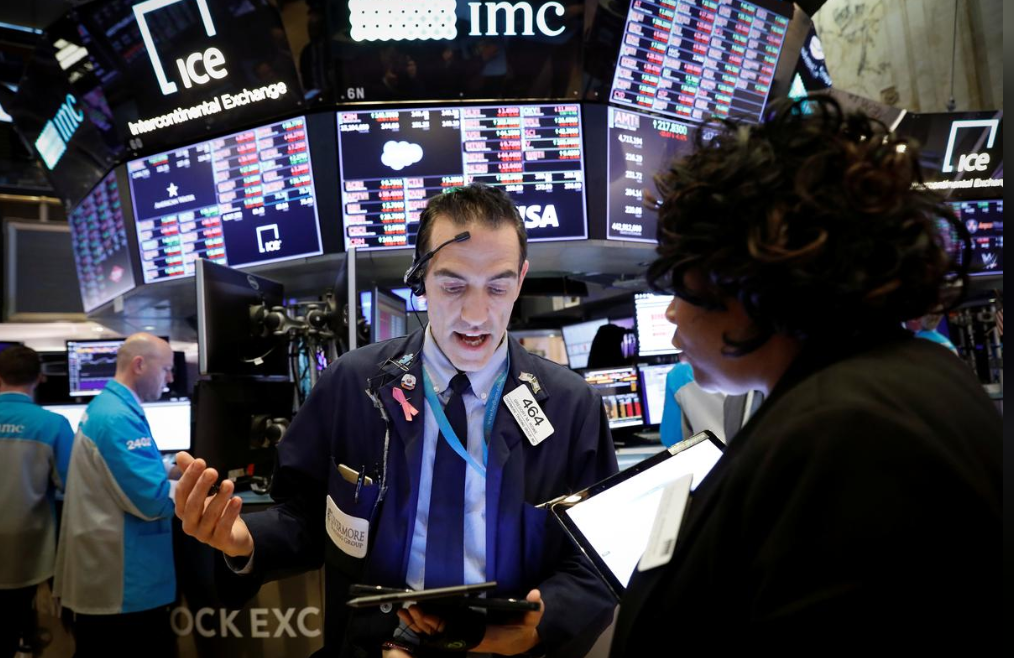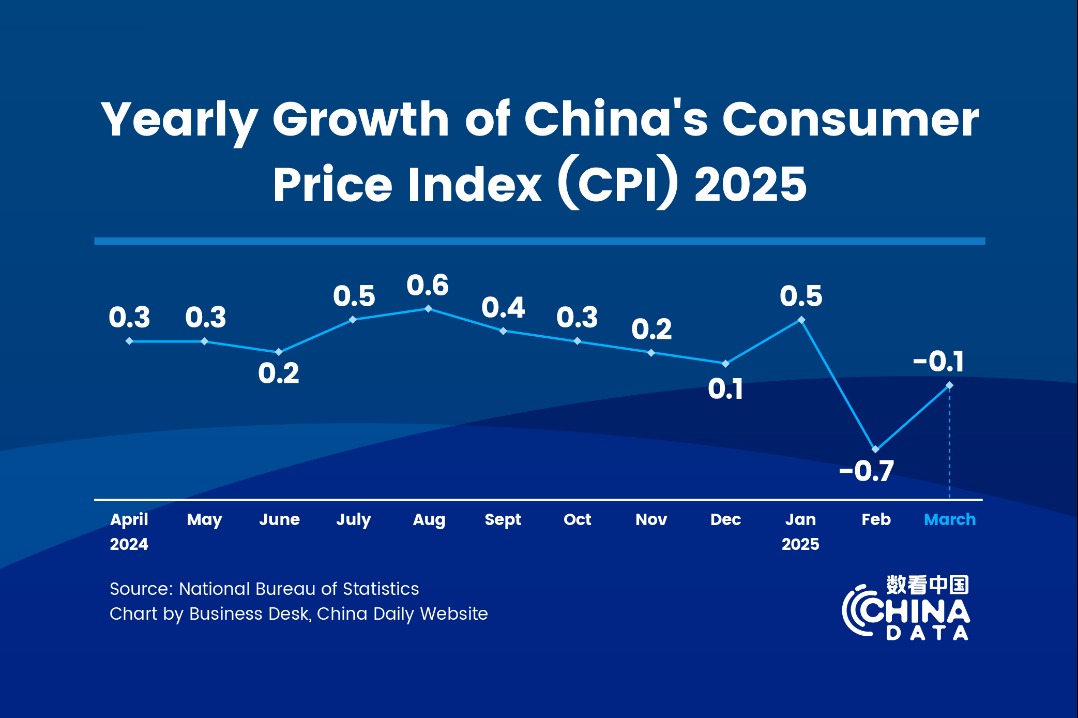Targeted relief moves versus blunt-force stimulus measures


On the other hand, the US is dusting off and doubling down on the huge, broad, fiscal and monetary stimulus strategy followed after the 2008-09 Global Financial Crisis. The Federal Reserve Bank has already implemented a monetary stimulus of more than $1 trillion. And, at the time of writing on Friday, a fiscal package is likely to be passed over the weekend including about $2 trillion of additional government spending-some bailing out industries that are in trouble, especially airlines, some is assistance to small businesses, and some will be an immediate payment of around $1,200 to each American. In total, this program will amount to at least twice the stimulus used after the GFC.
As a short-term emergency measure, this makes sense both as a humanitarian measure and as an economic stimulus, but it is far from clear that it's possible for the long-term US economy to have another debt and liquidity-driven boom after the crisis period is over.
Since this crisis is a supply-side shock to the real economy, massive liquidity infusions are not working. Most importantly, central bank programs usually bail out large companies, but in this crisis the main sufferers are workers and small businesses. A bank loan doesn't really help a company that has no customers or workers. The stock market dropped sharply after the Fed announced that it was cutting its target rate to zero and the $1 trillion quantitative easing plan.
On fiscal policy: the US federal government budget relies on borrowing made possible by what former French President Valery Giscard D'Estaing called the "inordinate privilege" created by the dollar's role in international trade. This is convenient for the US government because it allows easy borrowing, but it is not an unalloyed advantage. The dollar's international role has made a sustained current account deficit combined with a strong dollar possible-weakening America's export competitiveness.
Since the dollar is recognized as the international reserve currency (60 percent of the world's sovereign reserves are held in dollars), the US has been able to increase its debt rapidly while keeping interest rates low.
But, a sharp increase in US federal debt due to the coronavirus could be the last straw. The current US federal debt is almost $24 trillion, up from about $9 trillion in 2009. (US GDP in 2019 was $20.5 trillion.) The coronavirus crisis will add at least $6 trillion to the debt. This is just at a time when large portions of the population are reaching retirement age and will be drawing social security pension payments and medicare, an old age medical insurance plan. The government calculates that these unfunded liabilities amount to another $50 trillion of debt that is unaccounted for.
All this adds up to real federal government debt-like obligations of at least three times current GDP. At some point, the market will raise its estimation of the riskiness of US government debt, interest rates will rise, and a budget crisis will ensue.
One reason the crisis is causing so much damage to the US economy is that many people live paycheck to paycheck. That is, they don't have enough savings to make rent or car payments and buy necessities for a month. This is partly because US banks make their highest profits from consumer loans, especially loans made to subprime borrowers.
In the US, fiscal stimulus is more difficult to arrange because any action requires approval by the President, the Senate and the House of Representatives. During the 2008-09 GFC, both parties were able to come together quickly to pass emergency legislation. This time, bickering has slowed progress. Even in these times of crisis, members of the US Congress have not refrained from trying to reward special interest or push their favorite agenda as part of the stimulus package. This is partly due to the fact that the stimulus package in 2009 largely went to bail out big banks and little of the promised infrastructure spending was actually carried out. There are also fears that companies might misuse the stimulus to either reward their stockholders by buying back their own stock or raise executive salaries.
China has more economic management tools available than Western countries do, so it has been able to target needed assistance to the hardest-hit companies and industries, without disrupting its long-term reform plans. The massive US stimulus plan, though maybe needed in the short term, is likely to make long-term economic problems worse throughout the 2020s.




































